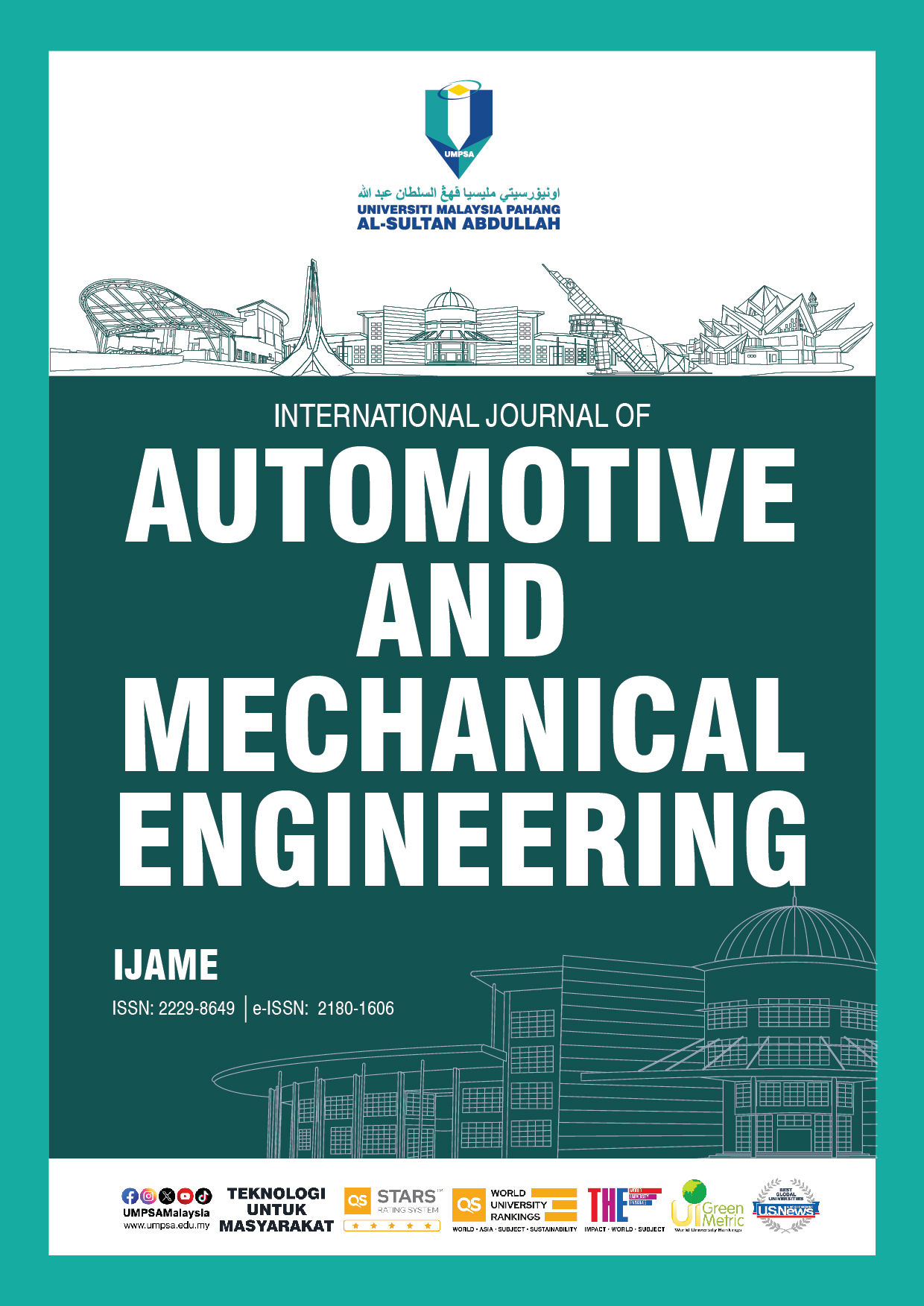Investigation of the Performance of Plugging Braking System as a Hill Descent Control (HDC) for Electric-Powered Wheelchair
DOI:
https://doi.org/10.15282/ijame.20.4.2023.08.0843Keywords:
Electric-powered wheelchair, Plugging brake, Hill descent control, PID control, Safety systemAbstract
Recently, a study on Electric Powered Wheelchairs (EPWs) has become significant because they can enhance the mobility of individuals with disabilities. One of the issues on EPW is during descending on a slope because it is difficult to control the speed and prevent it from slipping. Moreover, the manual braking system is frequently used for speed control by pressing the brake lever. The complexity of the task increases significantly when dealing with elderly or paralyzed users with physical limitations. Consequently, the risk of collisions and injuries is elevated. This research seeks to develop a hill descent control (HDC) system for an EPW to address these challenges. By implementing HDC into EPW, the EPW's speed can be controlled, thus increasing the safety of the EPW while descending on the slope. In this study, the plugging brake system is introduced as a hill descent control (HDC) mechanism to inhibit the acceleration of the EPW and ensure it maintains a constant speed during downhill descents. The plugging voltage will be controlled based on the desired speed of 0.6 m/s. To maintain the speed of the EPW, the PID control is used as a control strategy for HDC. The simulation work in Matlab Simulink has analyzed the performance of the plugging brake system with HDC. The results obtained from the simulation reveal that, despite starting with a high initial braking speed of 2.5 m/s, the Electric Powered Wheelchair (EPW) can consistently maintain its velocity at the desired target value of v_d = 0.6 m/s during the descent on the slope. Furthermore, the amplitude response for the PID control shows the settling time is 2.3 s, and the steady-state error is ±0.05. Based on the simulation results, it can be approved that the proposed HDC in the plugging brake system can prevent the EPW from accelerating while descending on the slope and improve the safety of the EPW.
Downloads
Published
Issue
Section
License
Copyright (c) 2023 The Author(s)

This work is licensed under a Creative Commons Attribution-NonCommercial 4.0 International License.







